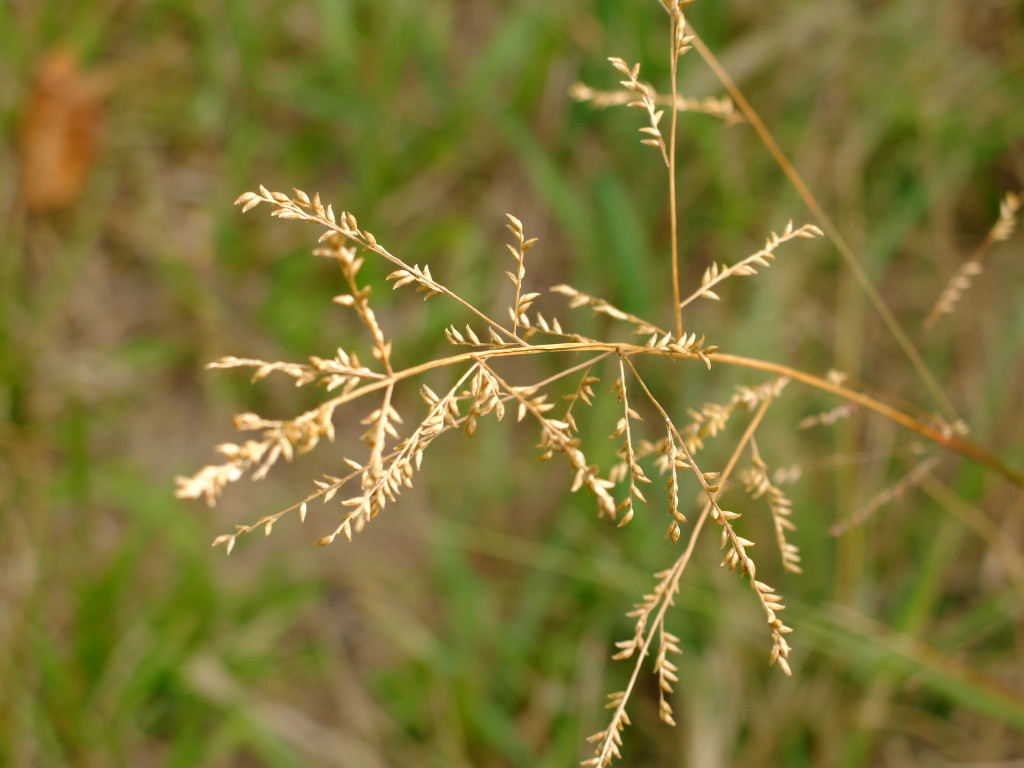By Anna Lehr Mueser, Public Relations Manager
Imagine your favorite meadow. I imagine mine in September: grasses stand waist high though the underbrush is falling back, seed pods hang in dark silhouettes, forests at the edges of the field mostly green, the promise of red and orange in their leaves.
This is our gift to the future: a meadow in seeds. In our time capsule buried in Jubilee Grove, are seven clear plastic envelopes of seeds. Inside are dogbane, bluestem, grasses, senna, and white snakeroot. These seeds, collected this past fall from the meadows around the Schuylkill Center, offer a little picture of what an autumn meadow looked like in our moment, right now, in 2015.
These seeds are a gift to 2040. When the future Schuylkill Center staff dig up that time capsule, pushing dirt from its sides, twisting off the lid which will protect its contents for over two decades, they may even be able to plant those seeds. So we’re hoping that future Center staff will plant them. Then, those seeds become the meadow of 2040.
I picture it much like today’s fields. The dogbane and senna pods will hang down from their waist-high plants like dark peapods (in fact, senna is in the same family as pea plants). Little bluestem, a lovely grass whose warm peachy color is a delight in fall, will wave in the wind. White snakeroot, leaves dark green after other summer plants have died back, will turn its lovely white flowers skyward.
Of course, these fields and forests will be very different in 25 years. Not only will warming climates encourage southern plants and animals to migrate northward, but all signs point to an increase in invasive plants and animals in our region as well. Our meadows will look different, when that time capsule is opened. Our summers will feel different in 2040. Still, I love to imagine this meadow: its apricot-colored dry grasses and vines, the hint of fall coolness in its air, its. No matter what plants grow there, I know it will be beautiful.

